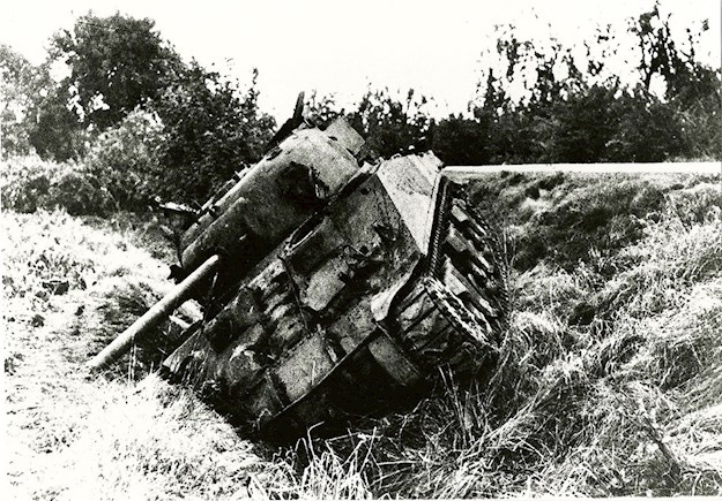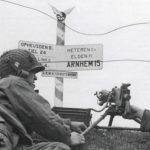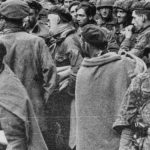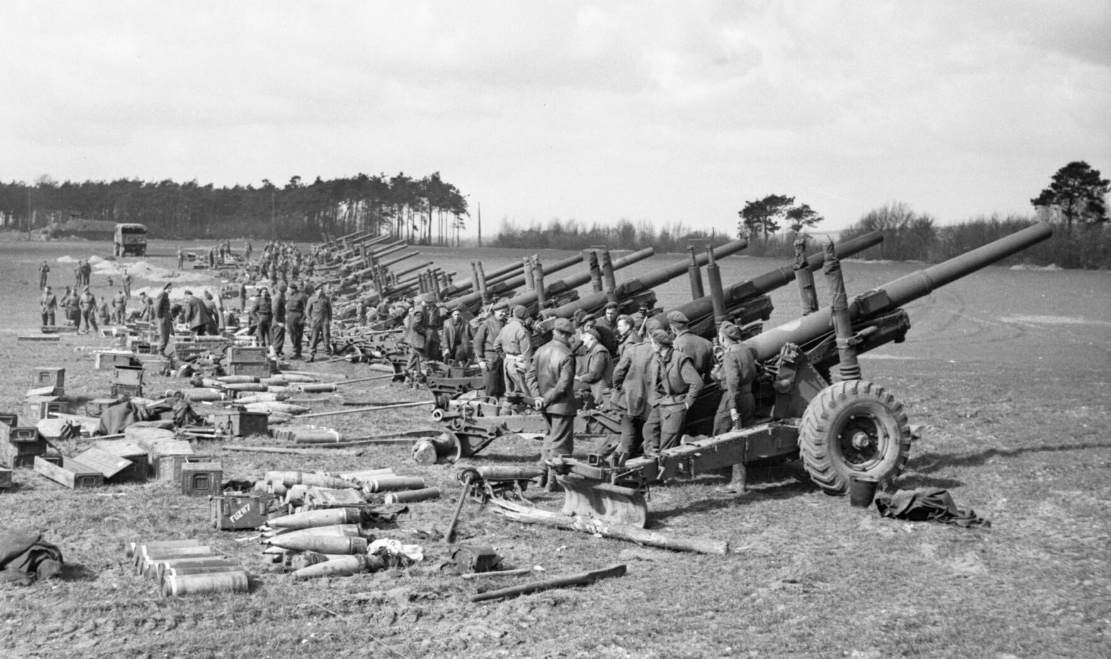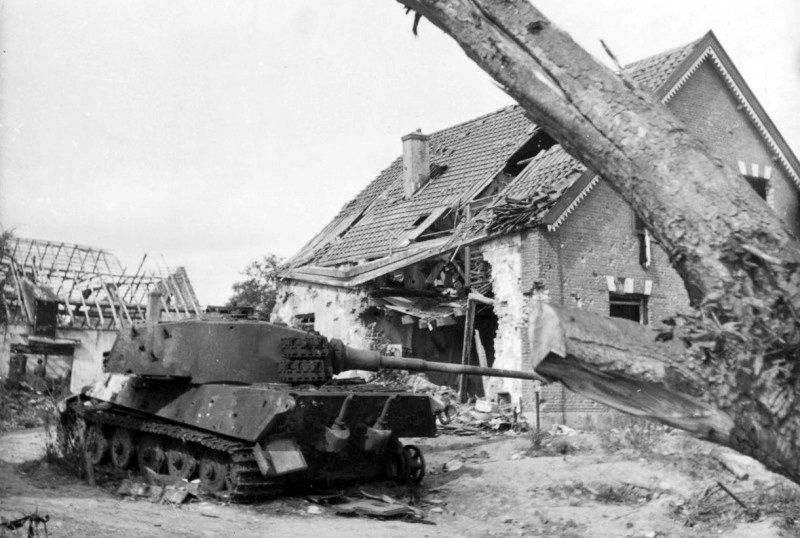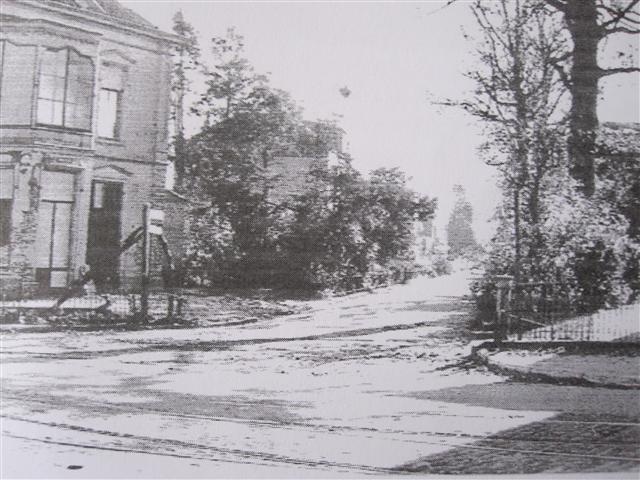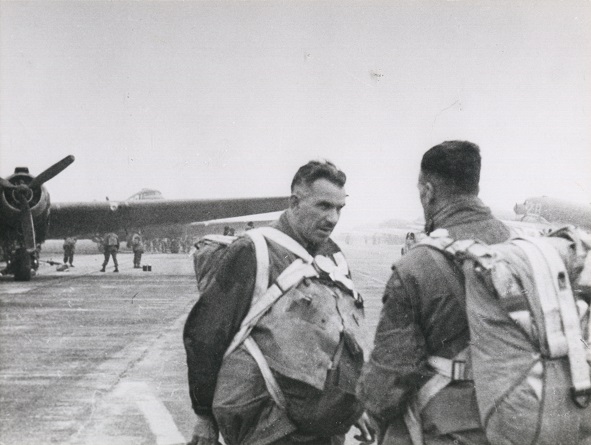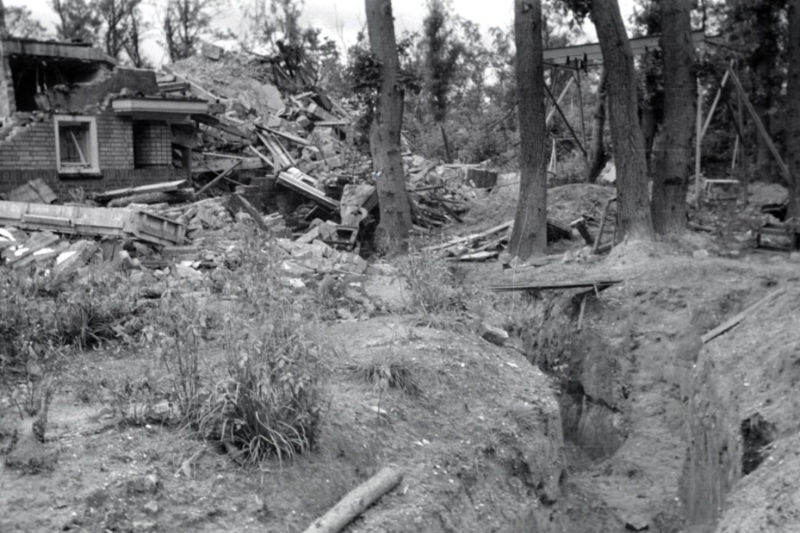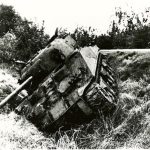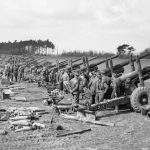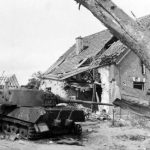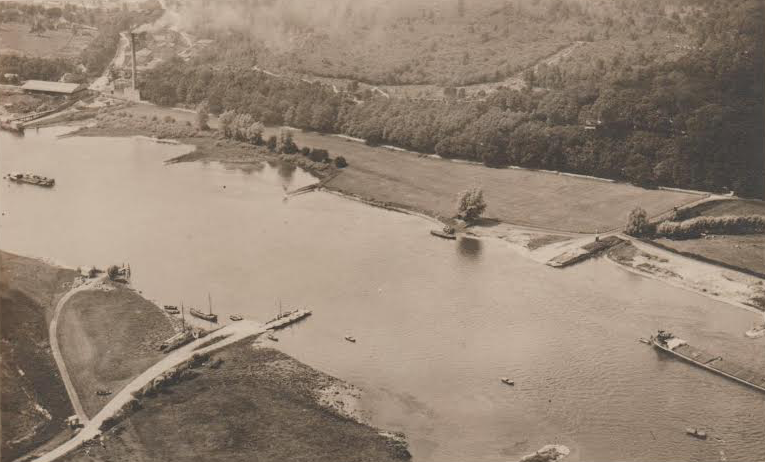The Allied advance from Nijmegen stalls just beyond Nijmegen
After the Waal Bridge in nijmegen had been captured, the tanks of XXX Corps advanced further north on Thursday, September 21, towards the besieged British airborne troops near Arnhem. The Allies did not get very far. The Germans stopped the advance after just a few kilometers. Nowadays the A325 runs between Nijmegen and Arnhem. In…

